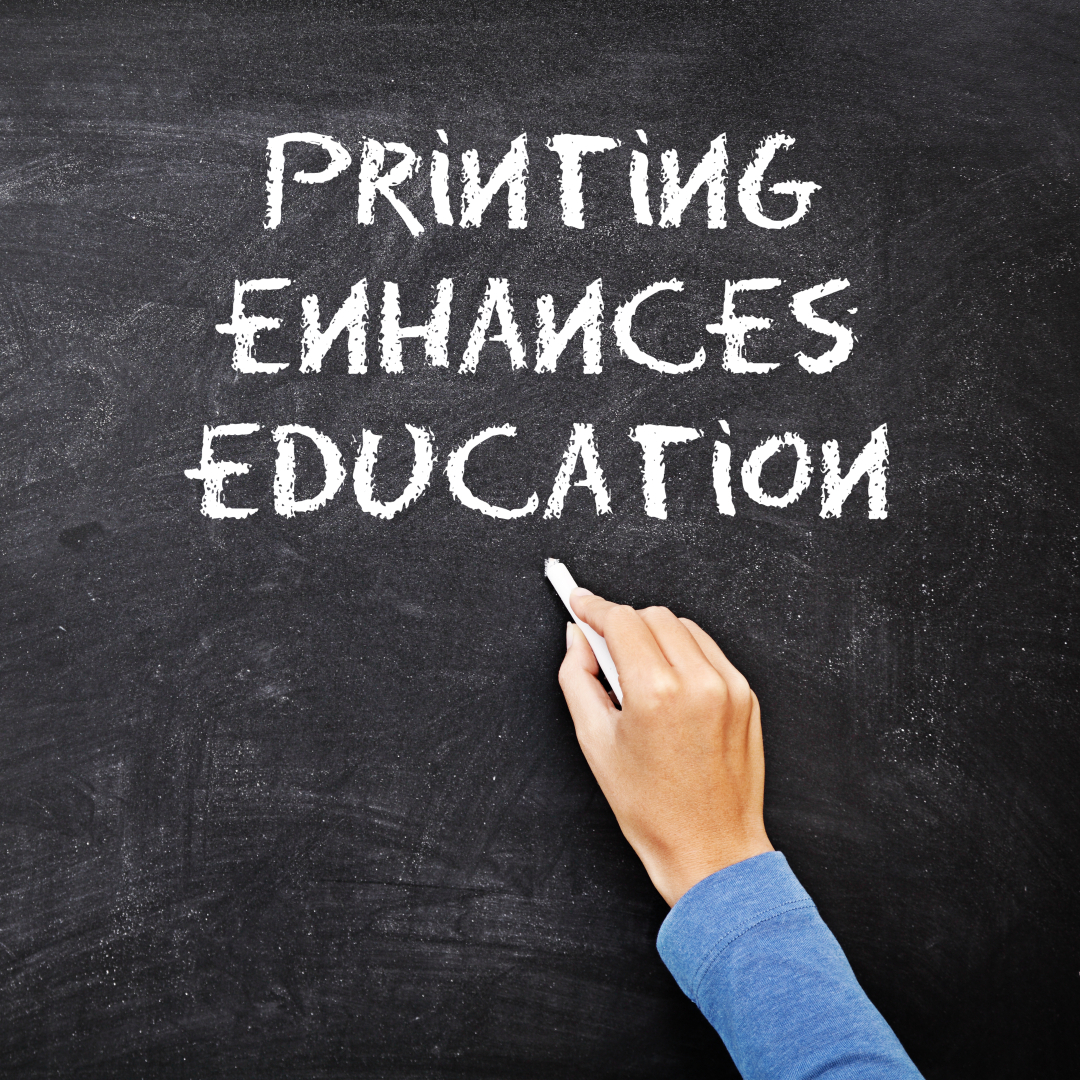What is an iPad kid?
We’ve all heard the phrase “iPad kids,” which refers to kids overly exposed to and engaged with iPads and other digital devices. In this digital age, it has become increasingly common for parents and teachers to use smartphones and tablets to entertain, educate, and soothe kids.
The growing concern over children’s increasing dependence on technology has sparked debates on how to strike a healthy balance in their digital lives. While technology offers numerous resourceful tools for learning, the simplicity and value of printed materials cannot be overlooked. Children must be exposed to digital and printed resources to develop well-rounded skills and adaptability in today’s tech-driven world.

The Impact of Printed Materials
In classrooms where the shift towards laptop or tablet-based learning is gaining momentum, the importance of printed materials should not be underestimated. In regions with limited access to technology, printed resources become essential to ensure equal learning opportunities. By providing practical and accessible alternatives, printed materials help bridge the digital divide, allowing all students to engage with educational content regardless of their socio-economic backgrounds.
Beyond mere accessibility, printed materials offer unique benefits for cognitive development, particularly in young learners. Physical books and printed materials provide a tactile experience, which enhances memory retention and comprehension. Writing on paper helps children develop fine motor skills and facilitates a deeper connection with the material, which improves reading and learning from an early age.
Printed books and documents also hold historical and cultural significance, which allows students to connect with the past and embrace different perspectives. Printed materials encourage independence without constant reliance on digital devices or the internet, promoting critical thinking and self-driven exploration.
The Perfect Balance
Technology undoubtedly enriches the educational experience, and the role of printed materials remains crucial in nurturing well-rounded and adaptable learners. Striking a balance between digital and printed resources ensures accessibility, fosters cognitive development, connects students with their cultural heritage, and empowers them to become independent and curious learners. Embracing the balance between these two learning mediums is vital to prepare children for their future.
ABS Mission Statement: “The ABS team is committed to empowering our clients to be more productive and profitable through innovative, cost saving business technology solutions and an unparalleled customer service experience.”

